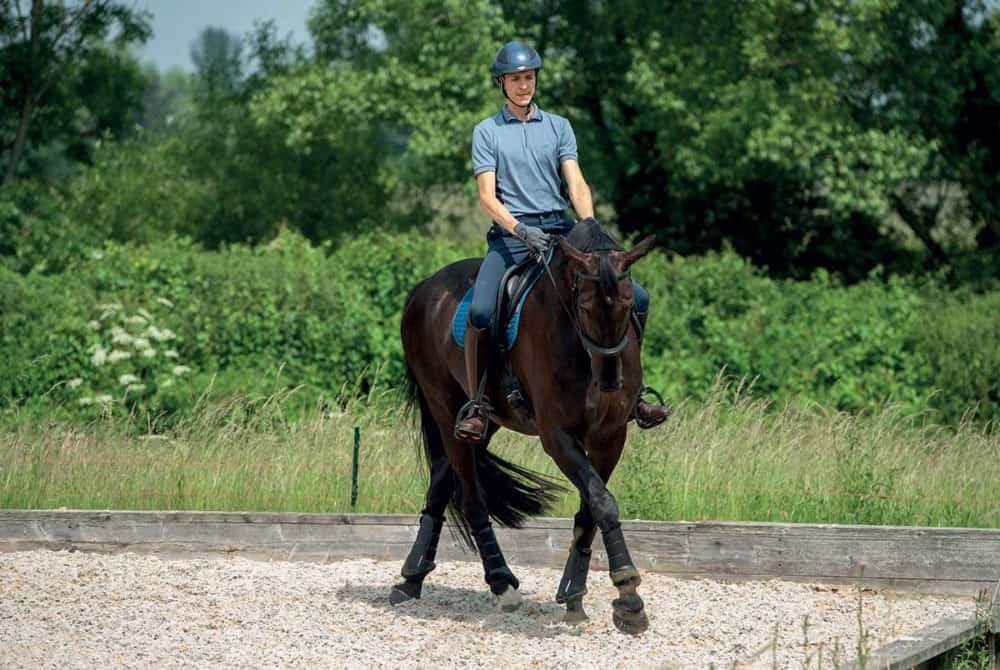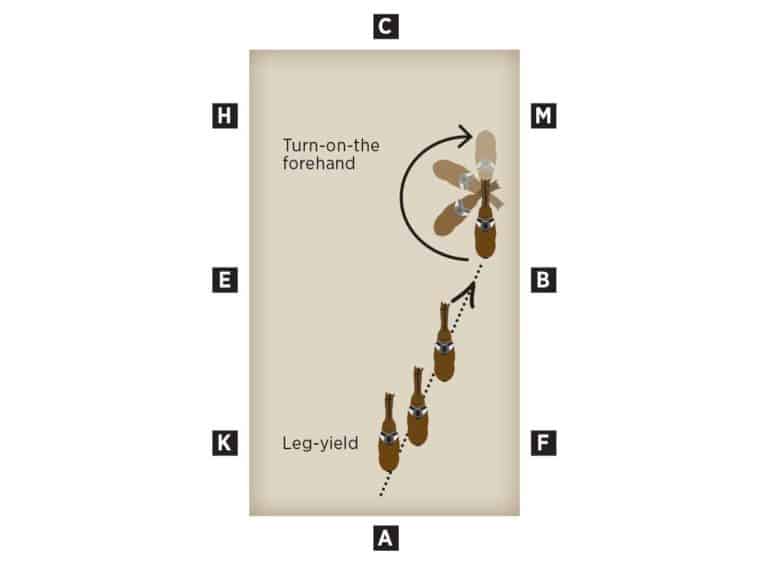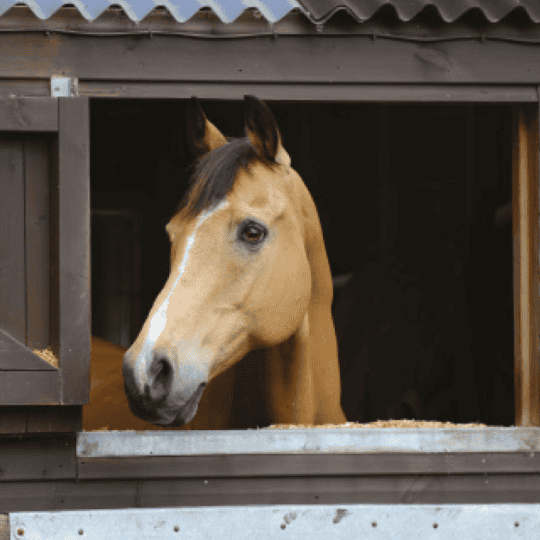Discover the best technique to perfecting a winning walk with your horse
Posted 24th January 2022
Learn how to create a winning walk that’ll wow the judges

The walk is an often-neglected pace when, in truth, it can be the deciding factor between a winning mark and a sub-par score. It’s certainly not a pace reserved for having a breather, and takes a great level of skill to maximise. Spending time improving your horse’s work at home is the key to producing a high-scoring walk in a test situation, where relaxation may be scarce. By practising a series of focused exercises, you’ll set up your horse with the fundamentals required – balance, rhythm, suppleness and relaxation – to produce an impressive test overall, no matter his natural strengths and weaknesses.
Side to side
Leg-yield is a useful tool to help improve your horse’s walk because it helps promote looseness and relaxation while testing responsiveness, too. I’ve formulated this exercise to include a turn-on-the-forehand because it’ll encourage your horse to engage his hindquarters and lateral muscles, which will help build him up on both sides. It’ll also help fine-tune him to your aids and encourage him to step through from behind.
How to ride it
- Ride down the centre line, asking your horse to leg-yield towards the fence line. Remain straight in your position and ask for slight flexion through his neck and a subtle bend in the ribcage, away from the direction of travel.
- Before you reach the track, halt and ask your horse for a turn-on-the-forehand. Sit centrally in the saddle and apply your outside leg slightly behind the girth to ask him to step his hindlegs around his forelegs.
- When you’ve ridden through 180°, walk straight and restart the exercise. You can try it in reverse, too, by beginning with the turn-on-the-forehand before picking up leg-yield towards the centre line.
Dan’s advice
Be strict when it comes to your position during this exercise. Your weight can be a crucial aid when asking your horse to perform lateral work, so be accurate in what you’re asking, ensuring you’re sitting correctly and not giving him mixed messages.
Top tip
When focusing on improving your horse’s walk, you don’t necessarily need to stay in walk for the whole session. Ride in other gaits, especially while warming up, but spend no more than 3–5 minutes in trot and canter during the session.
Free and easy
In every test you ever ride, you’ll need to make a transition to walk, turn across the arena and do some form of extended walk, so it’s worth practising this at home. Create a perfect transition every time by remembering these tips…
- When you transition to walk, always insist that your horse picks up an energetic, collected walk. Then, allow him to lower his neck and stretch while maintaining the same active rhythm. Practising this every time will teach your horse that walk isn’t just time for a breather
- If you want to encourage your horse to lengthen his stride in walk, use alternate leg aids as his shoulders move forward. Apply your leg aids alternately as your horse’s corresponding foreleg leaves the ground. This will help encourage reach and openness in front. When you know he understands that aid, you’re ready to stretch out his frame
Want more exercises from Dan to perfect your walk? Then grab your copy of Horse&Rider February on sale 27 January 2022












